Time Period: Early Twentieth Century (1901 - 1940) - Starting with L
aka: Guggenheim Tour
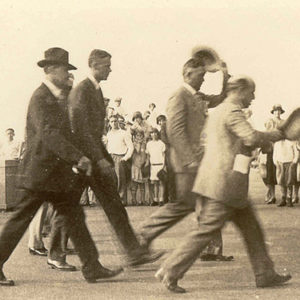 Lindbergh in Little Rock
Lindbergh in Little Rock
 Lindbergh in Paris
Lindbergh in Paris
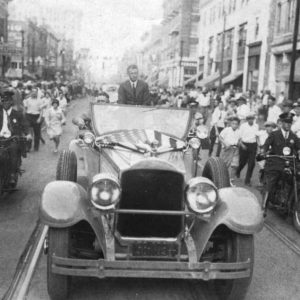 Lindbergh in Little Rock
Lindbergh in Little Rock
 Charles Lindbergh
Charles Lindbergh
Lindbergh, Charles, First Night Flight of
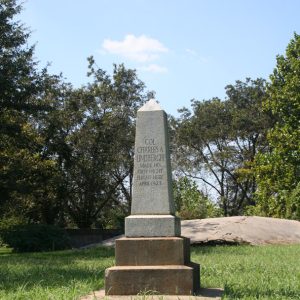 Charles Lindbergh Monument
Charles Lindbergh Monument
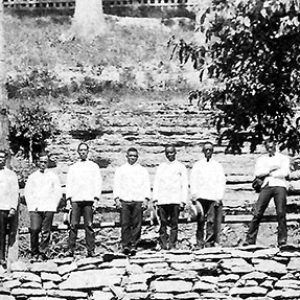 Linebarger Resort Staff
Linebarger Resort Staff
 Clarence Linebarger
Clarence Linebarger
Linebarger, Clarence A.
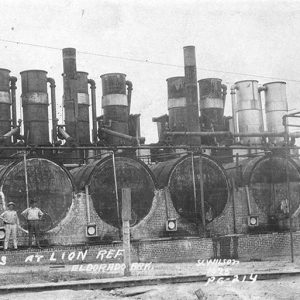 Lion Oil Stills
Lion Oil Stills
Little Africa (Polk County)
Little Buffalo River Bridge
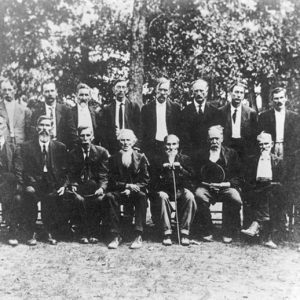 Little Flock Preachers
Little Flock Preachers
 Little Georgia Incidents Article
Little Georgia Incidents Article
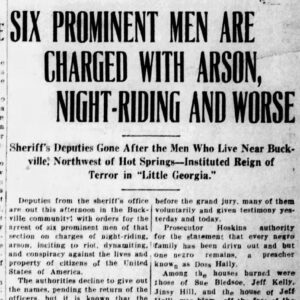 Little Georgia Incidents Article
Little Georgia Incidents Article
Little Missouri River Bridge
aka: Nachitoch Bluff Bridge
Little River County Courthouse
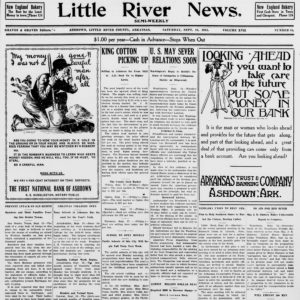 Little River News
Little River News
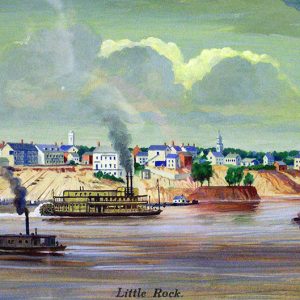 Little Rock
Little Rock
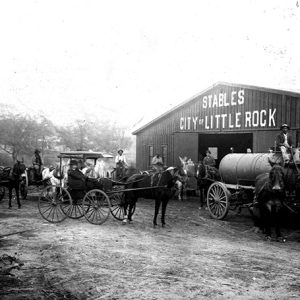 Little Rock Stables
Little Rock Stables
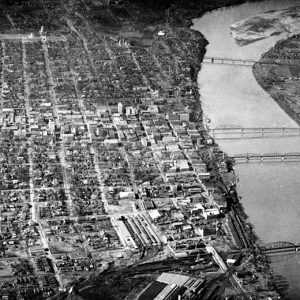 Little Rock Aerial View
Little Rock Aerial View
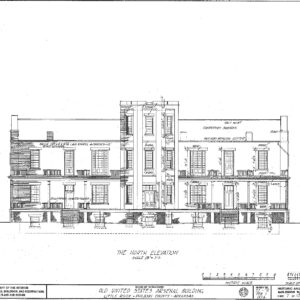 Little Rock Arsenal Plans
Little Rock Arsenal Plans
Little Rock Aviation Supply Depot
 Little Rock Aviation Supply Depot
Little Rock Aviation Supply Depot
 Little Rock Brewing & Ice Company
Little Rock Brewing & Ice Company
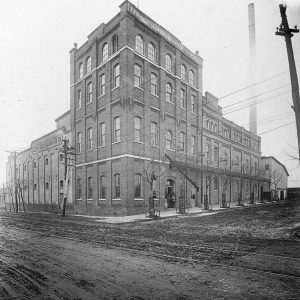 Little Rock Brewing & Ice Company
Little Rock Brewing & Ice Company
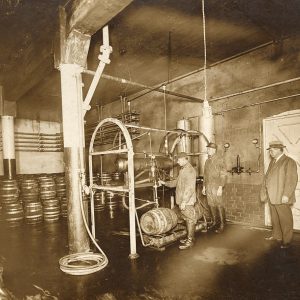 Little Rock Brewing & Ice Company
Little Rock Brewing & Ice Company
Little Rock City Hall
Little Rock College
 Little Rock College Seal
Little Rock College Seal
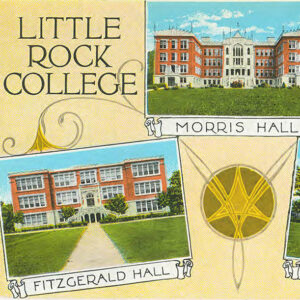 Little Rock College Postcard
Little Rock College Postcard
Little Rock Confederate Memorial
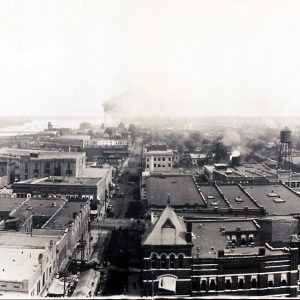 Little Rock Downtown Panorama
Little Rock Downtown Panorama
Little Rock Fire Station No. 9
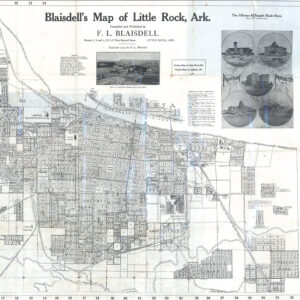 Little Rock Map, 1913
Little Rock Map, 1913
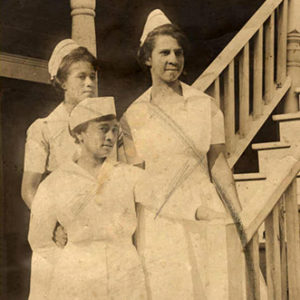 Little Rock Nurses
Little Rock Nurses
Little Rock Picric Acid Plant
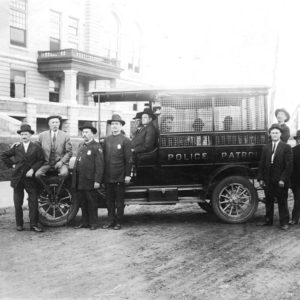 Little Rock Police
Little Rock Police
Little Rock Railway & Electric Company (LRREC)
 Little Rock Railway and Electric Co.
Little Rock Railway and Electric Co.
 Little Rock Senior High Yearbook
Little Rock Senior High Yearbook
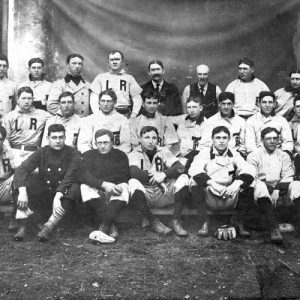 Little Rock Travelers
Little Rock Travelers
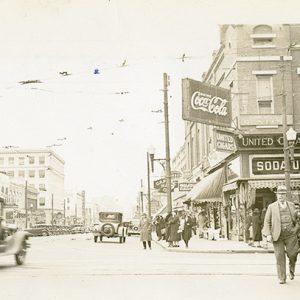 Little Rock, 1933
Little Rock, 1933
 Little Rock, 1933
Little Rock, 1933
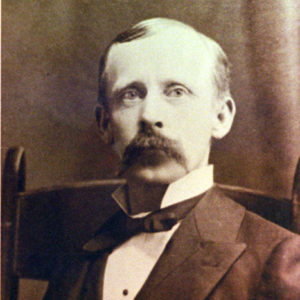 John Little
John Little
 John Little
John Little
Little, John E.
Little, John Sebastian
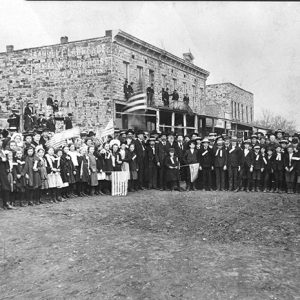 Governor John Little Reception
Governor John Little Reception




